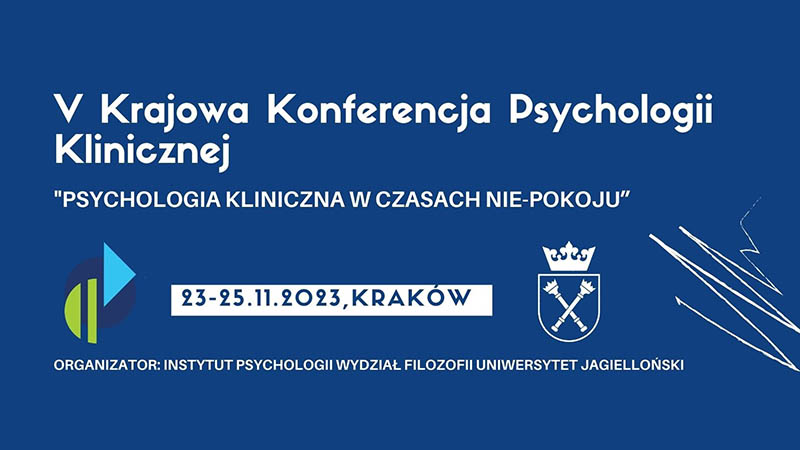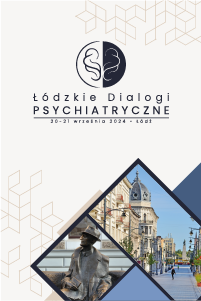Do auditory verbal hallucinations have always a clinical significance?
Jolanta Rabe-Jabłońska, Agnieszka Pawełczyk
 Affiliacja i adres do korespondencji
Affiliacja i adres do korespondencjiThis article presents the prevalence of auditory verbal hallucinations (AVHs) across the life span in various clinical and nonclinical groups in childhood, adolescence, and adult populations. Data on the occurrence of this phenomenon in the general population vary and usually are in the range of 5–28%. The prevalence of non-clinical AVHs is similar in childhood, adolescence and adulthood. It seems possible that the mechanisms which cause AVHs in non-clinical populations are different from those which are behind AVHs presentations in psychotic illness. In this paper the characteristics of differentiating clinical forms of hallucinations from the non-clinical ones are discussed. These are: the location of sensations, their content, inhibition control disorders, metacognitive disorders, emotional dysregulation, stress level, and their influence on functioning disorders. Considered as etiological factors are abnormal activities of some areas of the brain and abnormal pruning. The triggering factors of both types of perception disorders are traumatic events and psychoactive substances use. Long-term studies have shown that the factors which lead to the transformation of non-clinical hallucinations into their clinical forms are: genetic predisposition, schizotypy, at-risk mental state, and stress. The future research needs to focus on the comparison of underlying factors and mechanisms that lead to the onset of AVHs in both patients and non-clinical populations.















